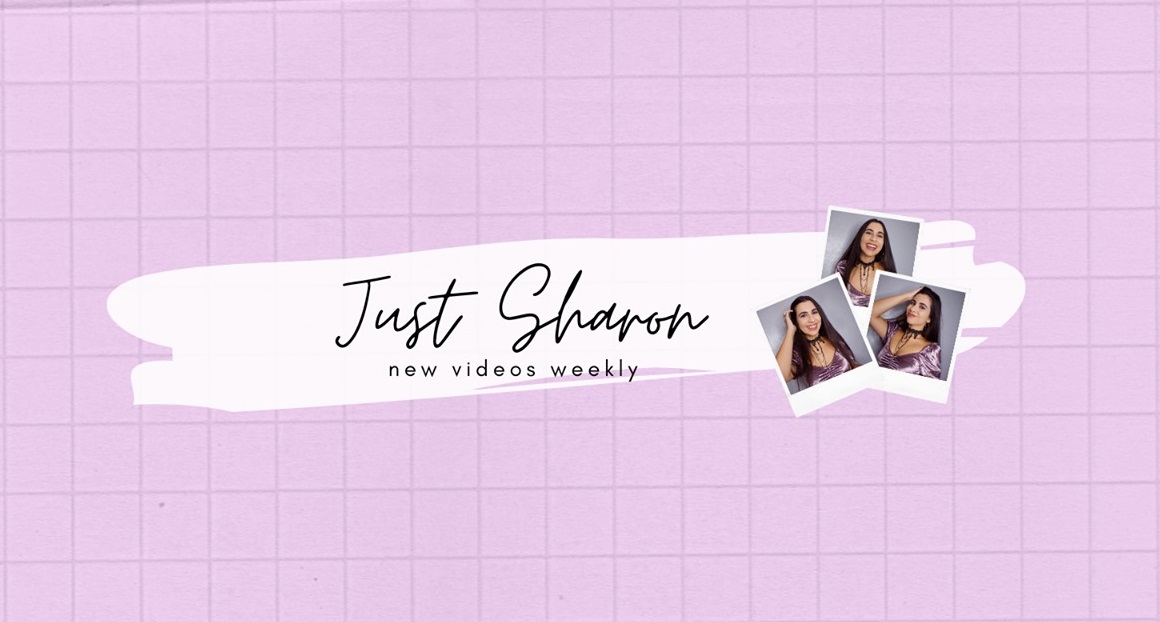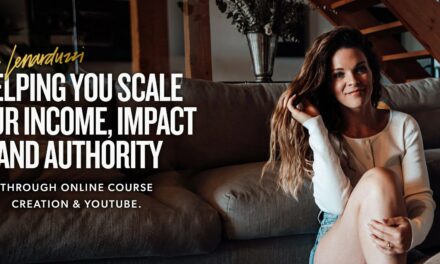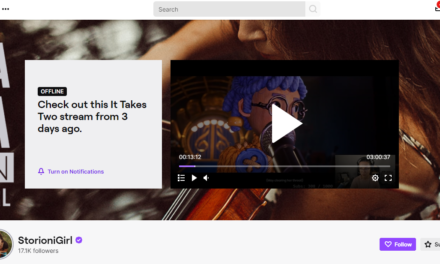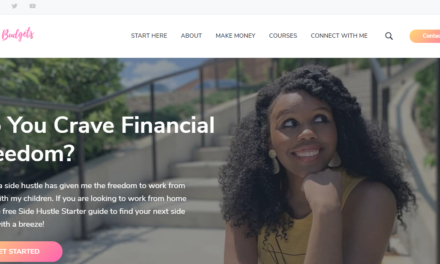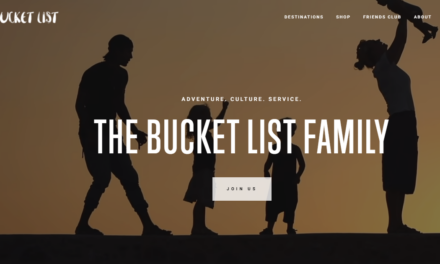Entrepreneur: Sharon Cancio
Biz: Just Sharon
Tilt: Secrets revealed by anonymous subscribers; girl talk you’re too afraid to have with mom
Primary Channel: YouTube (530K)
Other Primary Channels: Instagram (55.5K), TikTok (40.2K), Twitter (22.8K)
Time to First Dollar: 4 years after channel launch
Rev Streams: Google AdSense, brand partnerships
Our Favorite Actionable Advice
- Use your creator skills elsewhere: Sharon used her video creation skills to win a $30K college scholarship in a Taco Bell contest.
- Adjust your tilt: Copyrighted music lyrics prompted Sharon to shift her content to focus on confessional videos inspired by teen magazines.
- Know your brand’s worth: Sharon worked with an agency but wasn’t making any money. So, she asked for referrals and found a new agency that helped her realize her true worth to brands.
The Story
Sharon Cancio’s interest in YouTube began in middle school when her cousin showed her how to use Windows Movie Maker software. At 11, she created slideshow videos on YouTube, including one about Zac Efron and Vanessa Hudgens that went viral.
In 2013, at age 15, Sharon and her friend started a collab channel: Sharon and Blake. They would film themselves doing popular YouTube challenges, like the ill-advised one around cinnamon consumption. They had about 3K subscribers. After her friend left the channel, she changed the name to Just Sharon.
Though she didn’t earn money in college from her YouTube channel, she did capitalize on her video skills, winning a $30K scholarship in a Taco Bell video contest about the importance of education.
@SharonCancio started in middle school creating videos for #YouTube. Her skills prompted her to win a $30K #scholarship from @TacoBell for her video on the importance of education. Share on XShe took a video production and editing class in college thanks to a teacher who knew about her interest in YouTube. Sharon posted timely reaction videos to famous pop culture moments and videos relevant to teenage girls throughout college.
In 2017, her videos were viewed by millions, and she finally took her YouTube channel seriously. She noticed her reaction and text prank videos performed really well, so she created more of that content. At that time, she hit 50K subscribers. Today, she has over 500K.
Capitalizing on TikTok
Musical copyrights also prompted her to shift her YouTube content tilt. “Those videos (with music) were doing great on YouTube, but I had to stop making them because the lyrics were copyrighted,” she explains. That’s when she started creating period and confessional videos inspired by teenage magazines.
But her tilt is slightly different on TikTok. With TikTok, though, she wanted to stick to trending content on the platform and cater to a different audience.
On TikTok, YouTuber @SharonCancio mixes up her videos, sticking to topics trending on that platform. #ContentEntrepreneur #ContentTilt #CreatorEconomy Share on X“I saw people taking a Disney movie and creating a dinner theme based on that movie. So my boyfriend and I really enjoy Marvel Comics and Marvel Studios. We started making Marvel movie date night videos. That’s what’s really been successful for me on TikTok,” Sharon explains.
Caveat: Repurposing YouTube videos on TikTok and vice versa is hard because TikTok uses a vertical format and YouTube uses a horizontal format.
Signing with an agent
In 2017, when her videos went viral, agents reached out asking to represent her. She signed on with an agent who helped her create videos with tags and keyword optimization. They also sent her a weekly list of trending video topics. She was earning some money through the Google Adsense program, but most of it went to her agent.
She did a merchandise drop but only earned about $300 because of the costs incurred from design to shipping that the agency handled.
Sharon felt lost. She didn’t have any YouTuber creators to turn to. Brands reached out with low-ball offers, and she wanted someone who could negotiate better brand deals.
She asked her college video production professor for advice. He told her to charge $500 for every minute she spoke about a brand. “That’s how my PR and communications degree really benefited me. I was learning how to do PR for myself. But I never pitched myself to someone, people were pitching themselves to me,” Sharon says.
She went to creator conventions like Playlist Live to meet other YouTubers and gain insight from them. In 2018, one YouTuber referred Sharon to her current agent. “I will never forget. He was appalled at how I was not making money on YouTube,” she says.
When video creator @SharonCancio first met with her current agent, he was appalled by how she wasn't making from her #YouTube work. Now, she earns $1.2K to $1.5K a minute talking about brands. #SponsoredContent #ContentEntrepreneur Share on XNow, Sharon typically earns $1.2K to $1.5K per minute of talking about a brand on her Youtube channel. When she did a campaign for Pantene, she charged $8K for the video, an Instagram post, and an Instagram story.
Her agent takes 30% of her brand deals, but Sharon hopes to learn how to negotiate and eventually eliminate the middle person one day. In 2020, she took home $60K from brand deals and Google AdSense.
About the author
Bonnie owns Word of Mouth, a content agency specializing in social media, content marketing, and editorial writing. She's written for Marie Claire, Harper’s Bazaar, Coveteur, Man Repeller, Health.com, and more. She loves wearing fanny packs and laying in the fetal position.

